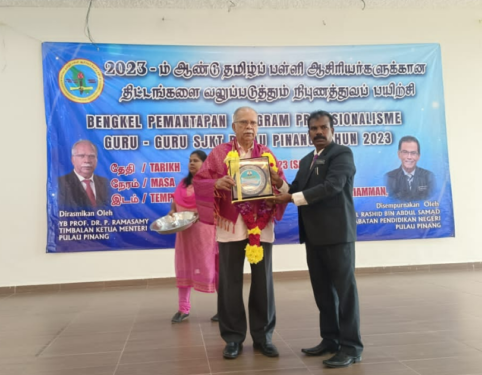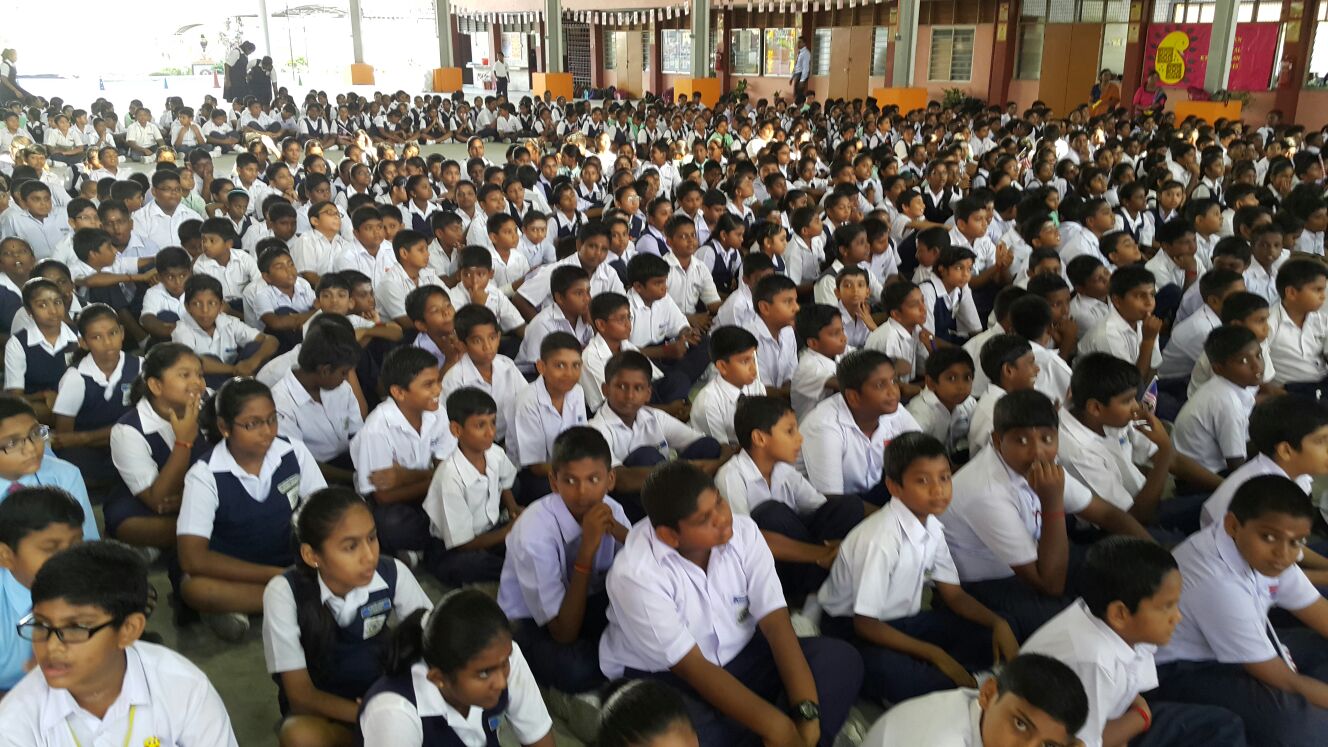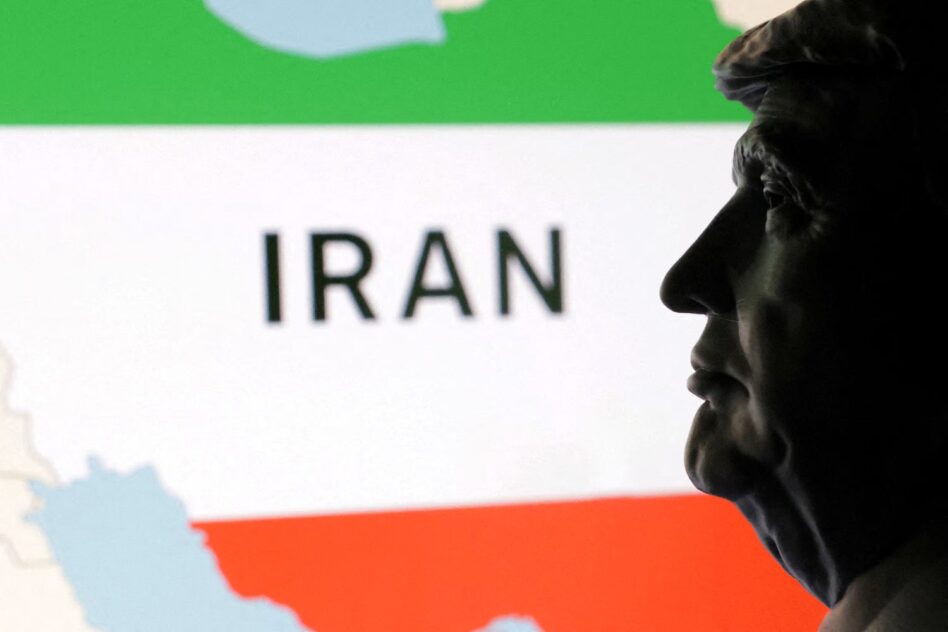DECLINING birth rates among the Chinese and Indians might not be the sole factor in diminishing the importance of ethnic vernacular schools.
While declining birth rates might dilute the political presence of the ethnic communities in the country, it does not necessarily reduce the strength of vernacular schools.
It is true in accordance with the population make-up, there are more Chinese vernacular schools compared to Tamil schools. However, population alone is not the sole explanation in accounting for the number of vernacular schools.
Compared to the Tamil vernacular schools, funding and support from the Chinese community is essential for the well-being of Chinese vernacular schools.
However, the Indian community depends solely on the government for land and funding of Tamil schools.
Population decrease in the Chinese community cannot explain why about 20% of pupils in Chinese primary schools are Malays. I think Malays who send their children to Chinese schools see the value in the education offered by these school.

There are also sizeably number of Indian pupils enrolled in Chinese vernacular schools. The percentage of non-Indians might not be high in Tamil vernacular schools but in certain rural areas, you can find Malay pupils.
The majority of Tamil schools are located in rural areas or in the former estates. Some of these schools have a problem with pupil enrolment. It is not that these schools will have to close down but re-locating to areas of Indian population can save the schools.
I know that are few Chinese schools have been re-located to urban areas as result of low enrolment. A similar privilege of license transfer has yet to be extended to Tamil schools especially those with low enrolment.
Political will lacking
It is the lack of political will that stands as the primary obstacle in the way of maintaining the number of Tamil schools intact.

Recent attempt to transfer the license of a closed down Tamil school in Kulim, Kedah has been blocked by the Education Ministry. This is despite the Penang state government having allocated four acres of land for the transfer of the school’s license to Butterworth.
The biggest obstacle to the well-being of vernacular schools in the country – whether Chinese or Tamil – is the government’s attitude. By pandering to the interests of the nationalists, the government is not keen to increase the number of vernacular schools in the country.
Even if some vernacular schools have to be closed down, the licenses should be transferred to schools to be built in other areas.
The declining population argument is not realistic argument. It fails to consider some of the serious obstacles that stand in the way of having more vernacular schools in the country.
The lack of population argument seeks to ignore some of the serious hurdles that are placed in the expansion of vernacular schools. As long as vernacular schools are considered as an aberration to the national education system, its might not appreciated politically. – Feb 15, 2024
Main pic credit: Tamil School Malaysia Facebook









